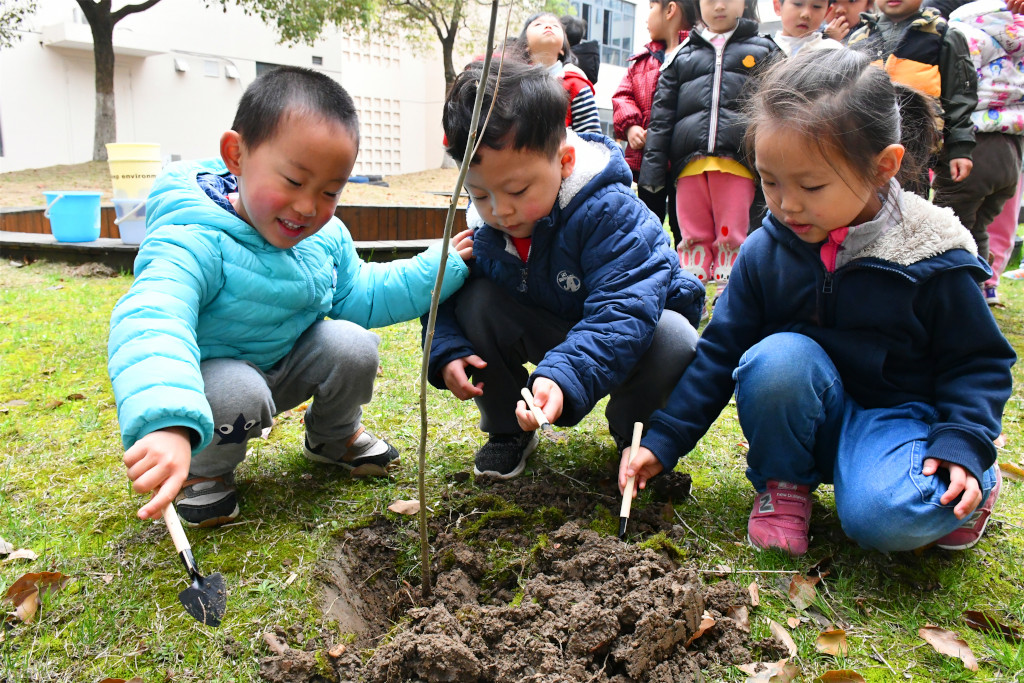Our Team

Jonathan Krane
Founder / Chairman | USA / ChinaSuccessful entrepreneur/investor in China. Founder and Chairman of Trella. Founder and CEO of KraneShares. MBA from Columbia University.

Nan Li
Co-Founder | USA / ChinaExperienced entrepreneur. Co-founder and managing director of Trella. MS in Mgmt from Stanford GSB. MS in Finance from Thunderbird School of Global Management.

Eric Hammond
Chief Horticulturist | USA / ChinaEric has extensive experience working with Chinese plants and understands their propagation requirements. For over 25 years Eric worked as Head Propagator for two of America’s most respected nurseries.

Eron Bloomgarden
Head of Climate finance | USA / ChinaEron is an expert in environmental finance, green infrastructure and impact investing. He is also a frequent speaker who has advised governments and corporations on many aspects of environmental finance.

Ryan Kelly
Chief Innovation Officer | USA / ChinaAs a licensed Landscape Architect, Ryan spent 15 years advising private and public sector clients on ecological planning and development located all over the world.

Justin Chen
Chief Financial Officer | USA / ChinaJustin has years of experience in financial controlling, reporting and taxation. Prior to Trella, Justin worked at AIG in New York City and at a State-owned enterprise in China.

Claire Wang
Chief Strategy Officer | Taizhou, ChinaClaire has a PhD in Entrepreneurship Strategy Management and has extensive consulting and auditing experience. Before Trella, Claire was a researcher in Walker Center, Thunderbird School of Global Management.

Ted Hildebrant
Expert Grower | USA / ChinaTed Hildebrant is the Expert Grower and Best Practices Manager of Trella with 40 years of experience in the industry. Ted is a third-generation nurseryman and propagator and owns Coldwater Pond Nursery in Phelps, NY, where he specializes in rare and unusual nursery stock.

James Kaechele
Forester – The New York City Tree Trust | USA / ChinaJames is an ISA Board Certified Master Arborist. He led the education department at an Arboretum and Botanical Garden and was a project lead for the Million Trees NYC campaign to plant one million new trees in New York City.
Advisory Board

Terry Branstad
Former US Ambassador to China Advisory Board Member to Trella | USA / ChinaTerry Branstad is a Board Officer at US-China Green Institute, Chairman of World Food Prize Foundation and the former U.S. ambassador to China, having served from 2017 to 2020. Branstad also previously served as the 39th and 42nd governor of Iowa from 1983 to 1999 and 2011 to 2017.

David Adelman
Former US Ambassador to Singapore Advisory Board Member to Trella | USA / ChinaDavid Adelman is a Board Officer at the US-China Green Institute and Managing Director and General Counsel of KraneShares. He has held prominent roles, including Managing Director at Goldman Sachs in Hong Kong and partner at global law firms in New York, Washington, D.C., and Atlanta. David served as the U.S. Ambassador to Singapore during the Obama-Biden Administration.

Richmond Mayo-Smith
Partner at Climate Finance Partners Advisory Board Member to Trella | USA / ChinaExperienced investor with a focus on sustainable investments and emerging markets. He is a founding partner at Climate Finance Partners. With over 35 years of experience in Asia, he has started several companies in real estate, private equity, and fund management. MBA from New York University, B.A. from Hampshire College, and Executive Program in Project Management at Harvard University.
Why Trees
The collection of positive benefits provided by trees growing in a forest or an urban forest are called eco-benefits and all of life relies on them. We are familiar with the traditional economies of timber, lumber, fuel, and fiber that forests have given humanity. And now the focus on climate change brings the carbon content of a forest into focus. But there is so much more value trees offer.
Urban forestry, restoring forests and afforestation are top priorities for China and around the world. Trella’s goal to plant 100 million trees reflects this and many international movements, from UN REDD+, the Bonn Challenge, the UN’s Sustainable Development Goals, and the Decade of Ecosystem Restoration. There is interest in all these projects because of the value the eco-benefits bring to us .
Eco-Benefits in Reforestation
Trella provides partners with access to eco-benefits built on forest scale.
Carbon Capture
Each mature tree captures about 20KG of carbon a year. When millions, billions, trillions of trees grow that is serious carbon impact with real economic power behind it. Trees do this while growing, and their leaves fill our atmosphere with oxygen. Dirty polluted air is purified by those same leaves. Captured carbon only makes a difference when it is stored for the long haul. Planted forests must be left standing for many generations to make a impact on climate change.
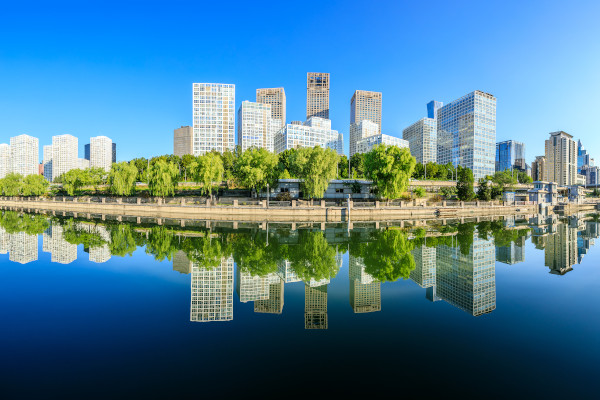
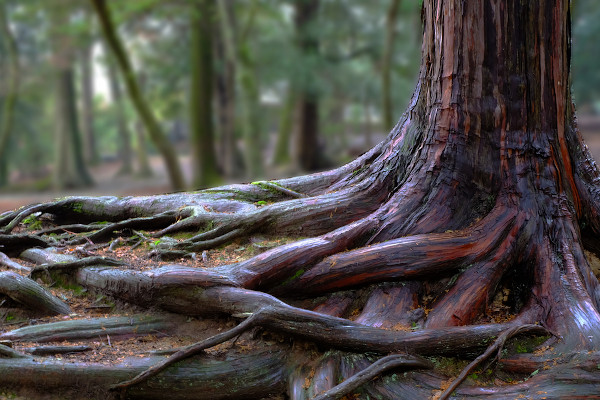
Soil Health
Most of the carbon a forest pulls from the air during photosynthesis isn’t built into the tree trunks. Instead, it is pushed out the tree roots into the soil under the forest. There microorganisms in the soil food web exchange water and minerals for the sugars the trees made with carbon during photosynthesis. Forests grown of a wide mixture of native trees create diverse and healthy below ground environments which hold much more carbon below the surface than above. The implications are clear; we mustn’t just grow forests; we must grow healthy diverse forests of native trees to capture the most carbon.
Habitat
Forests of native trees create valuable habitat for wildlife. From the unseeable soil dwelling microorganism living in symbiosis with tree roots to the massive elephants of Xishuangbanna, creatures are dependent on environments such as healthy forests of native trees. Insects and birds, we need to control pests in our crops, are fortified by their forest homes and their populations suffer as forest health decreases.
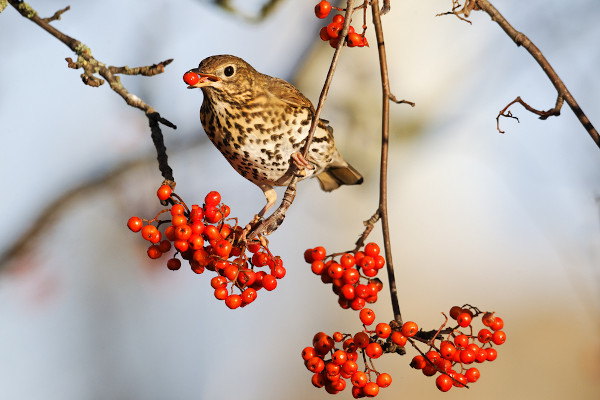
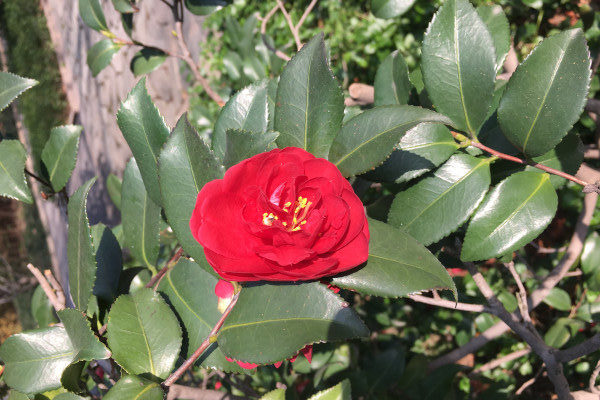
Pollination
About 88% of flowering plants rely on animals for pollination. Forests provide essential habitat for pollinators. These insects and birds are critical workers in our planet’s functioning. Each flower they visit becomes a fruit and seeds keeping us and our forests alive. World-wide pollinator populations are dropping, imperiling natural systems and agriculture alike. It is critical to keep forests healthy, so pollinator populations stabilize and improve in health.
Water Cycle & Quality
Forests control and minimize surface water runoff keeping rivers and oceans cleaner. And the branches, and roots of the forest slow rainfall allowing it to enter the soil and become clean groundwater. The global water cycle is driven by forests, each tree releasing vast quantity of moisture into the air where it forms clouds and rain.
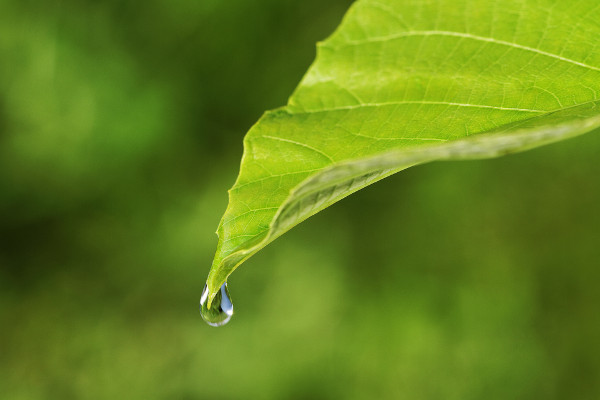
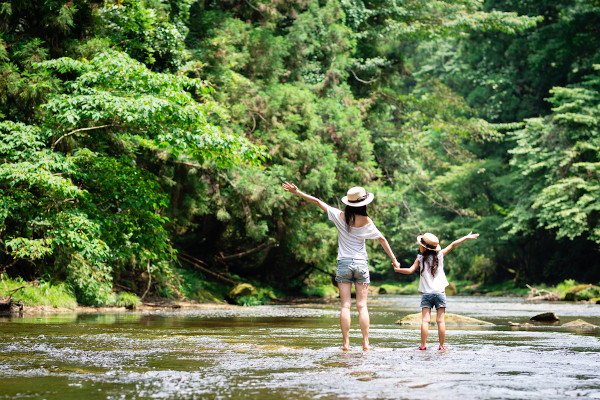
Recreation
Everyone is drawn to a forest. We are relaxed and refreshed. A picnic, a hike, or forest bathing provides people the world over power and mental recharge to solve humanity’s problems.
Eco-Benefits in the Urban Forest
Trella knows the benefits provided by each urban tree are critical to our partners and provides market access for their sponsorship.
Air Purification
Trees improve air quality by trapping particulates, absorbing gaseous pollutants such as O3, SO2, NO2, PM10 and releasing oxygen. By cooling urban heat islands and shading parked cars, trees indirectly reduce ozone levels.
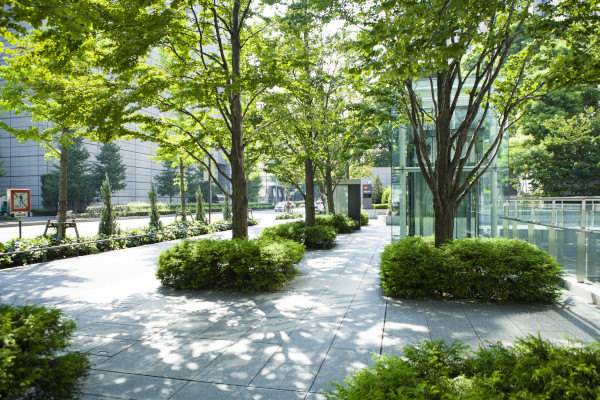
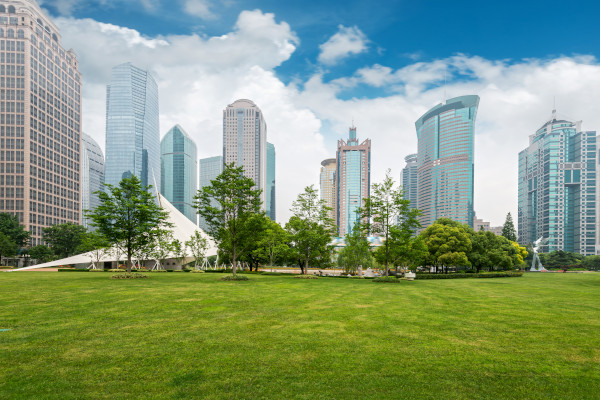
Carbon Sequestration
Large amounts of CO2 are sequestered by urban forests in the process of photosynthesis where carbon is used to build wood and feed soil dwelling microorganisms. Of the carbon held within the tree, 50% is kept in its trunk, 30% in its branches, and 3% in its leaves. The urban forest filling and shading a city plays a real role in reducing CO2 levels.
Noise Control
A healthy and leafy urban canopy is a strong distraction from the normal noise of the city. The rustling of leaves and tweeting of birds add interest and build natural sounds back into the city’s structure.
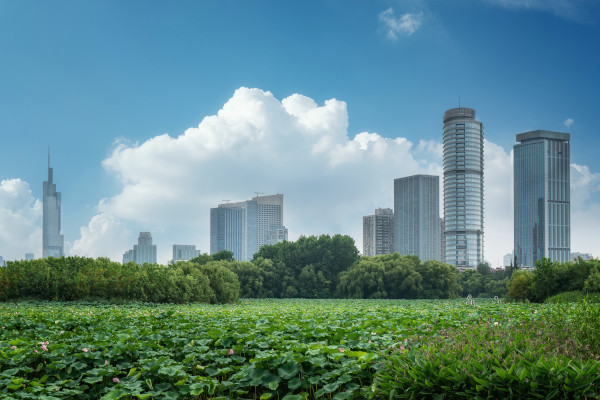
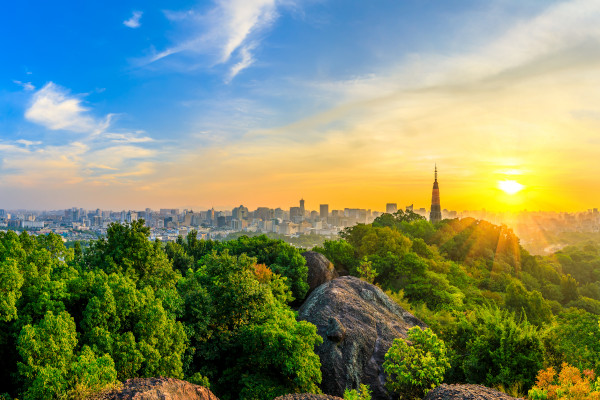
Physical and Mental Health Improvements
People are healthier when they have regular contact with nature. Physical and mental health improve when the urban forest provides a place of escape, entertainment, and an area to exercise. A city is better to live and work in when its forest is full. People’s responsibility and attitude towards the environment will improve, and it builds a sense of belonging and self-awareness among citizens.
Storm Water Retention & Improved Water Quality
Street trees reduce stormwater runoff by slowing water getting to the ground and slowing its movement on the ground. This allows more to enter the soil. It relieves pressure on urban sewage systems and decreases the expenses of urban facility maintenance. Trees filter out the pollutants in runoff and purify the storm water, mitigating the effects of water pollution on groundwater, rivers, lakes and even oceans.
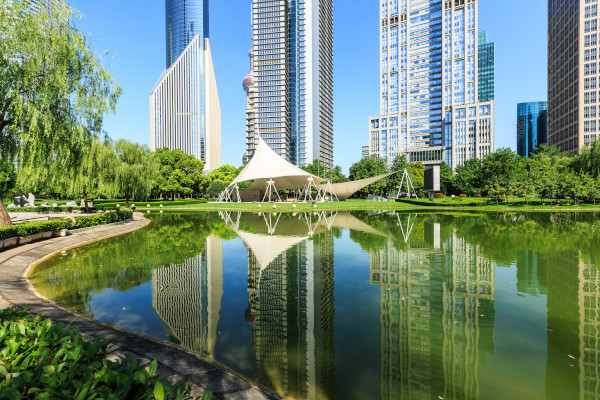
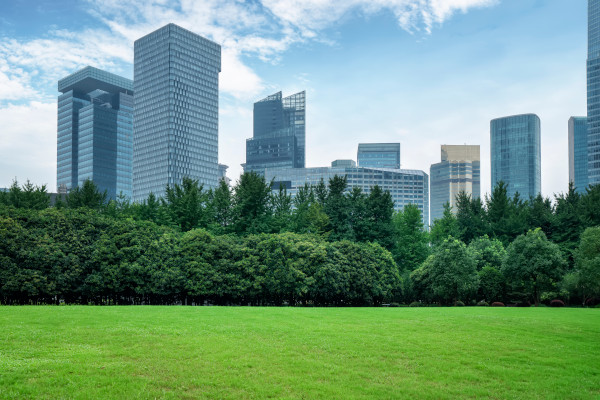
Energy Savings
Trees near buildings help decrease the temperature in summer by shading and evaporation. This reduces the energy required to cool the air inside the buildings. Shaded sidewalks and cars are cooler and fewer people die from heat exhaustion. And in winter, evergreen trees limit the velocity of winds and help retain heat inside the buildings.
Aesthetic Value
The urban forest contributes vast intangible benefits and urban beauty. Because of our innate desire for a connection to nature we find streets and cityscapes with many urban trees more appealing, and those locations have greater property valuation.
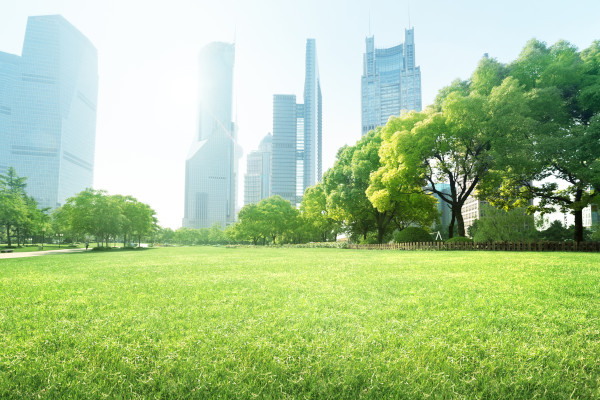
Why Trella
Trella’s mission is to grow and maintain the healthiest native trees planted in China’s urban forest and forestry programs. Investing in nature through education, science, consumers, enterprises, and partnerships forms the basis of Trella. As stewards we value and invest in nature and people and all of us become the beneficiaries.
Tree Campaigns with Native Trees
Trella is committed to using native Chinese trees in our projects because they increase biodiversity in urban forestry, and reforestation projects. These trees are adapted to local weather, diseases, and insects. In the face of the uncertainties of climate change native trees are more likely to ride the extremes. Trella’s tree planting campaigns only use native trees. Our 100 Million Tree Project will plant many species of native trees in Jilin.
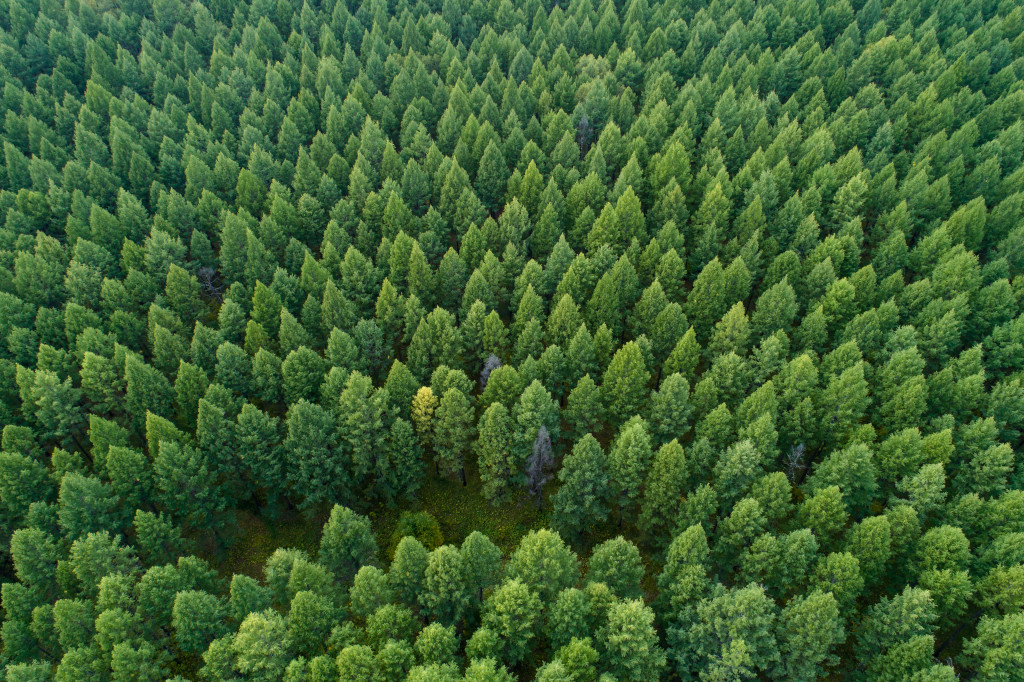
Super Center
Science based and technologically driven, Trella has successfully established one of the most advanced greenhouses in China, currently grows over 500,000 native biologically appropriate seedlings per year and scaling. Trella’s ISA certified team deploys, best management practices to ensure the longevity and health of native trees is ideal for China’s forests and cities. Well selected trees grown under the best practices provide more benefit no matter the kind of forest.
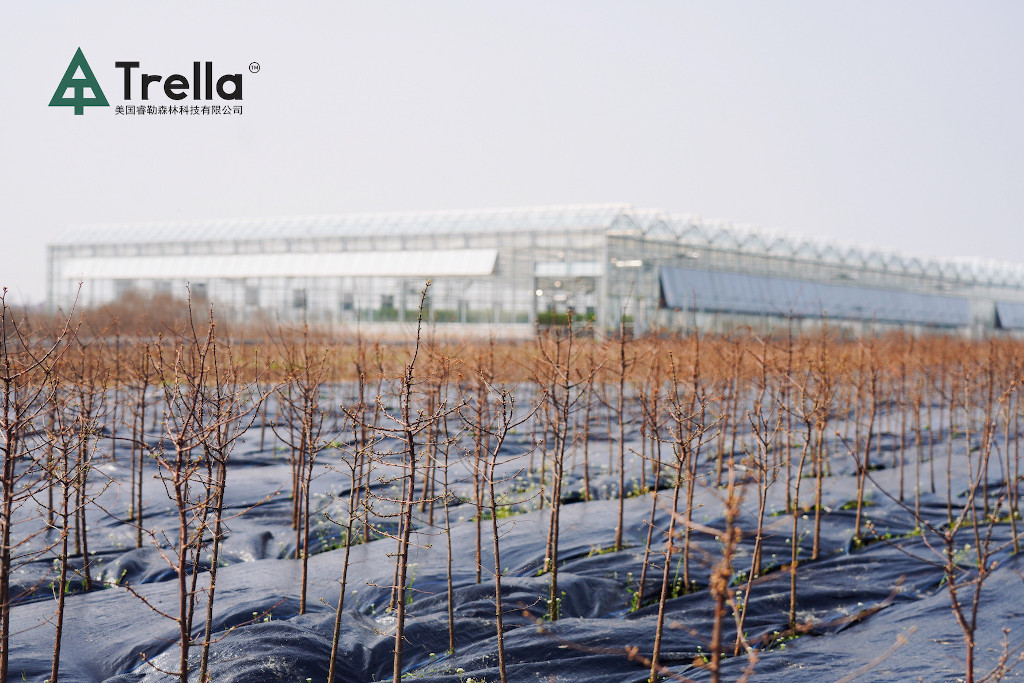
Tree Gifts
Trella’s enterprise solutions help local and global companies achieve their environmental, cause-based campaigns through the planting of Trella trees in urban forests and reforestation sites in China. In response to the growing popular interest in programs to fight climate change, Trella launched in December 2020 an E-commerce app on Tencent WeChat to serve as Trella’s consumer solution platform. This app allows users to purchase and gift native species grown at Trella’s Taizhou Super Center.
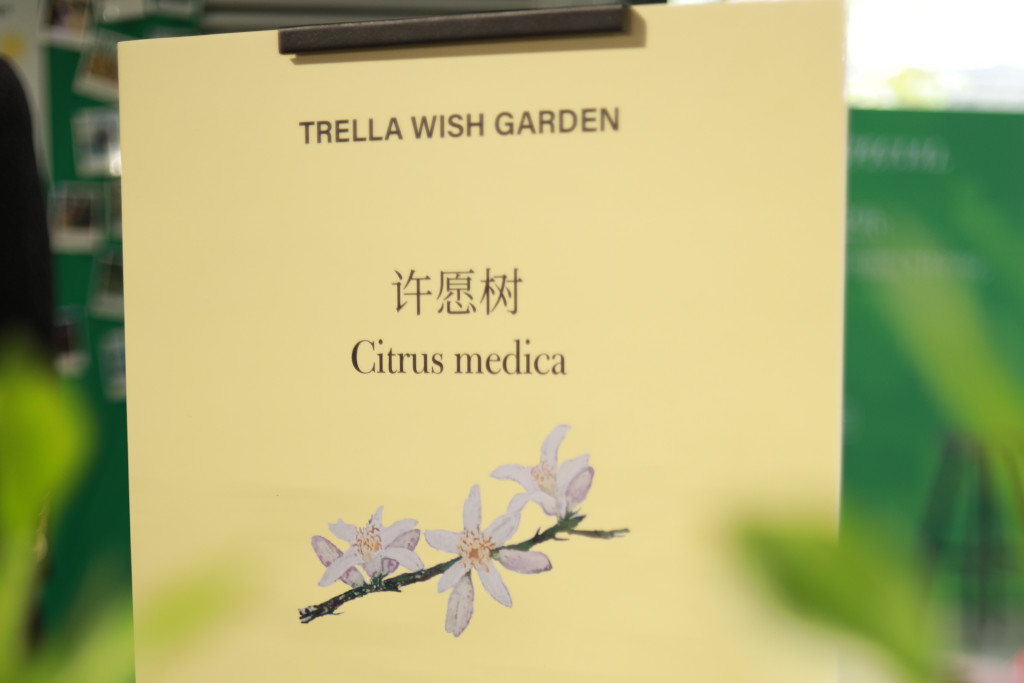
Education
In 2021-22 Trella initiated a civic ecology program in 1,000 schools between Shanghai and Beijing. The program connects students to nature and develops their role in biodiversity and climate change. Tens of thousands of students in this program are recipients of sponsored trees and their eco-benefits while their teachers are engaged in the activities of the Trella Club. The Tiazhou Super Center tree nursery also hosts education events.
